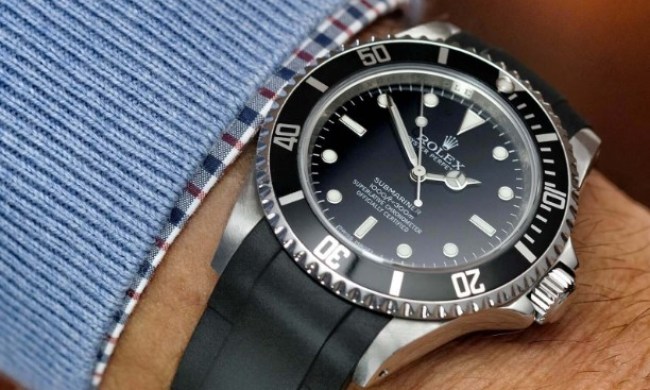
I got my first Tilley hat in the summer of 1999 before a three-week trek that traced a few hundred kilometers of the Camino de Santiago across much of northern Spain. It was also my last Tilley hat, because I was wearing the exact same Tilley Cotton Duck hat every time I went hiking, camping, or kayaking with my family in the summer of 2020 that just passed. 21 years on, the hat is in superlative condition and I don’t see myself ever needing another.
And mind you, this thing has seen plenty of action in its two-decade-plus lifespan. Another month-long trek in Spain the next year and then an entire summer in Europe the year after that. Multiple treks up 14ers out west. A trip through South American jungles and mountains. Plentiful overboard drops from canoes and kayaks. And countless times stuffed into a hiking pack or suitcase or crushed on a shelf. And it just won’t quit. Which is why everyone else in the family now has a Tilley too. (OK, except for our daughter, whose head needs to grow a bit more yet.)
What makes these hats — particularly the T5 Cotton Duck Hat ($80)
Material
The T5 Cotton Duck Hat on which we’re focusing is made using a rugged cotton rated for use on sailing ships. It is then meticulously stitched using multiple passes of durable thread and then fitted with wind cords, dependable brass grommets, and crown foam.
Don’t worry, I gotcha: Crown foam is literally a piece of foam that fits into the top of the cap and will keep it afloat if it blows overboard — these hats were originally designed for use on the water, by the way. But it’s unlikely a properly secured Tilley will blow overboard, as you can secure the hat to your head with both a short cord at the base of your skull and a longer cord cinched under your chin. I’ve knocked mine off with a paddle several times, but have never had it blow off when the cords were in place.
(Oh and before I forget, that crown foam is tucked away into a semi-secret pocket perfect for a credit card, key, or photo of loved ones waiting for your eventual return from adventure.)
No fewer than 23 pairs of hands are involved in the construction of these iconic caps, which are created in a series of 41 distinct steps. Tilley hats have been around since 1980 and are still handmade today using essentially the exact same process as they were four decades back, because of the whole “ain’t broke, don’t fix it” thing.
Fit and Style
These days, Tilley makes a lot of stylish hats

It’s important that you get a Tilley that fits you just right, because this is a commitment hat. Measuring your head is a must, and then take that measurement to their size guide. Once you have worn your hat for a while, it may feel a bit stretched. So here’s what you do: dunk that thing in cold water, stretch it out over your knee, and let it dry a spell.
Value
At $80, a T5 Cotton Duck hat is well worth the spend. Adjusting for inflation, that means I have spent roughly 1.1 cents per day on this hat in the 21-plus years that I’ve had it so far. That’s a penny (and tenth of a penny) I’m happy to have spent.
From blazing sun to downpours to falling flakes, my Tilley has kept me drier, more comfortable, and better able to see since 1999 and it’s still going strong. I advise you to snap one up (oh yeah, the sides of the T5 snap up and make you look like an awesome Aussie) now and start your own multi-decade hat relationship as well.
Need one more bit of convincing? You can literally register your hat and secure a lifetime guarantee. As in the company will repair or replace your hat (barring your wanton abuse of it, of course) eighty years from now if an eyelet comes loose or the brim tears. So yeah, you can trust this hat.



